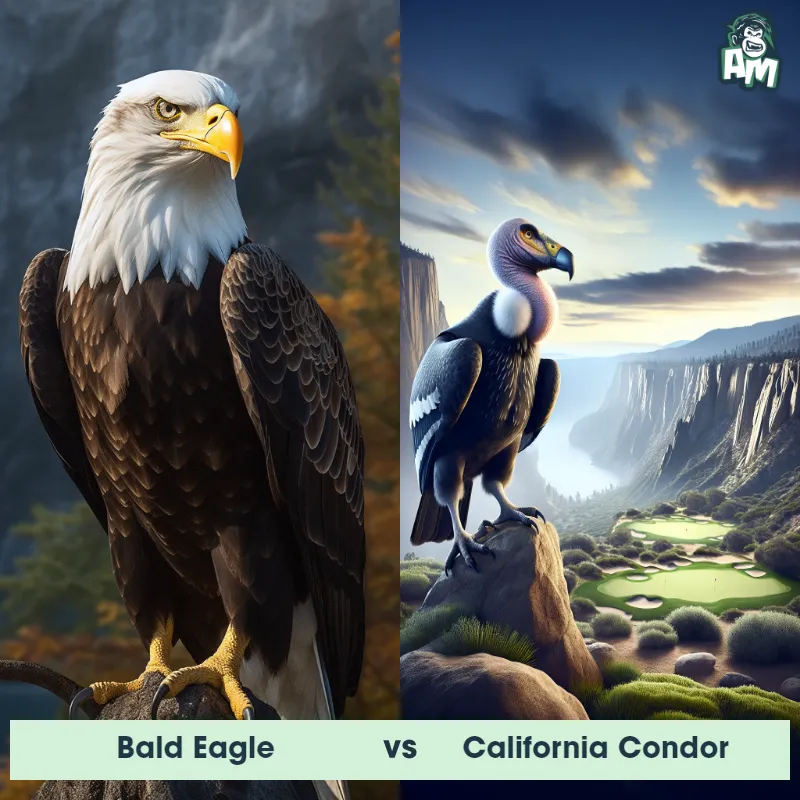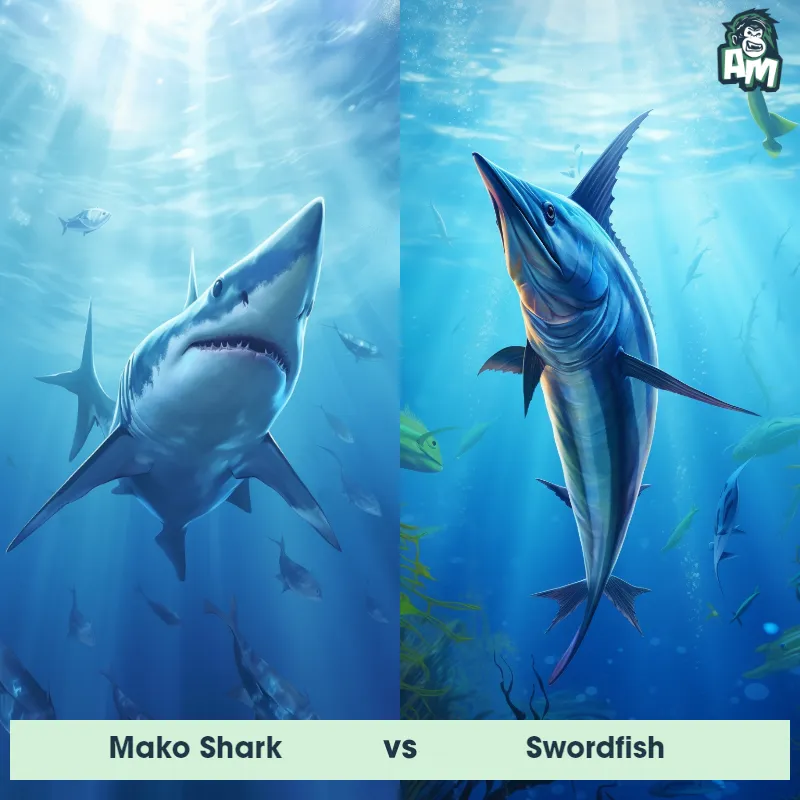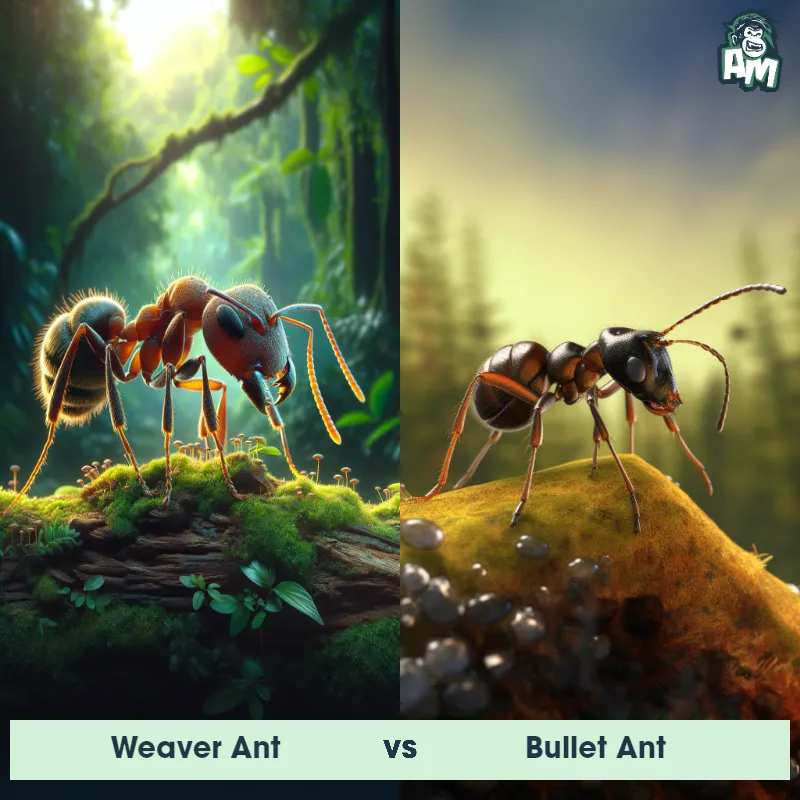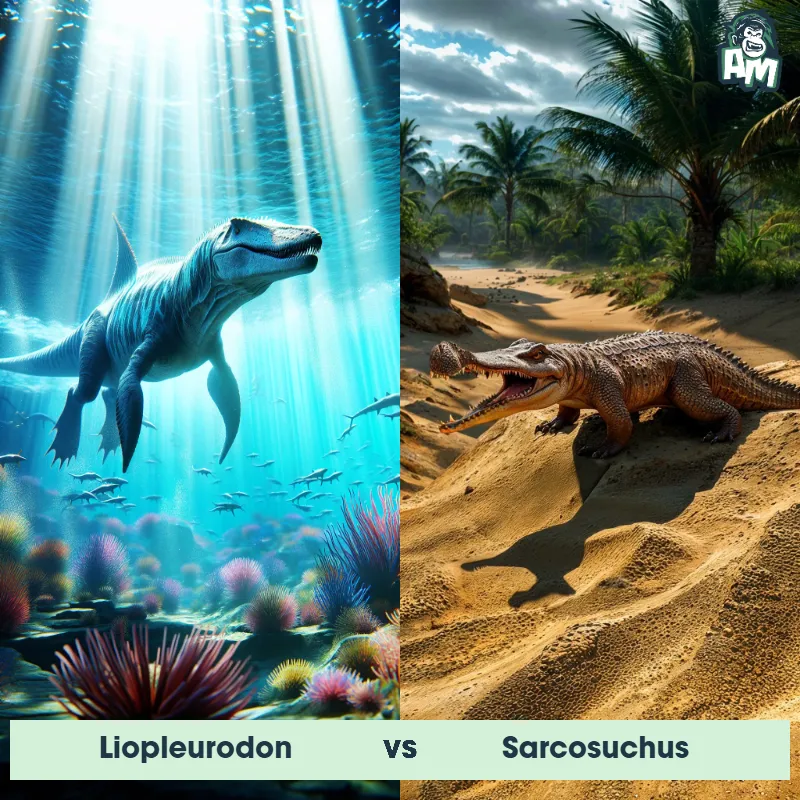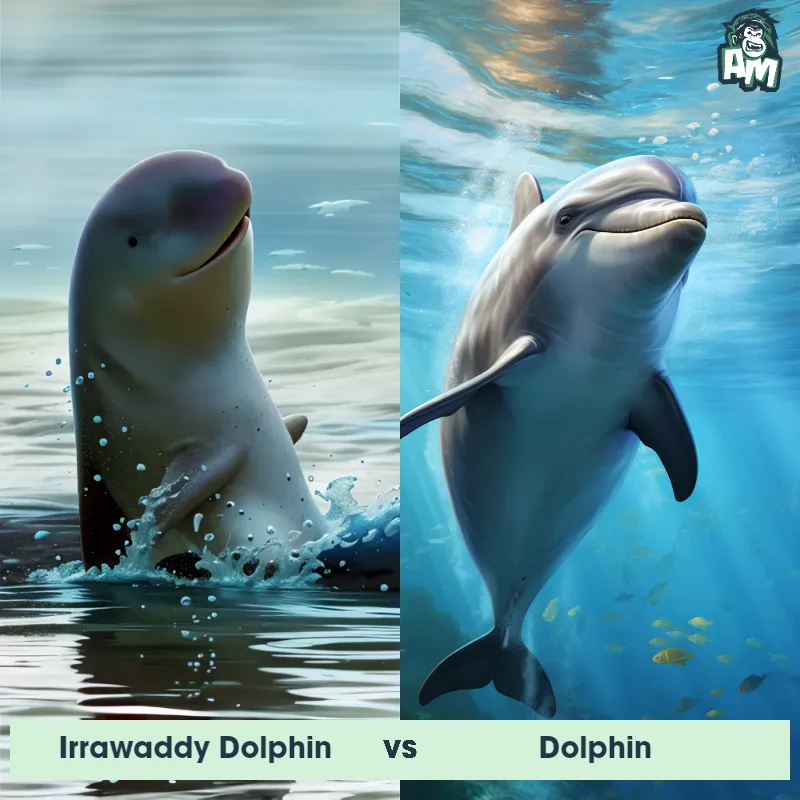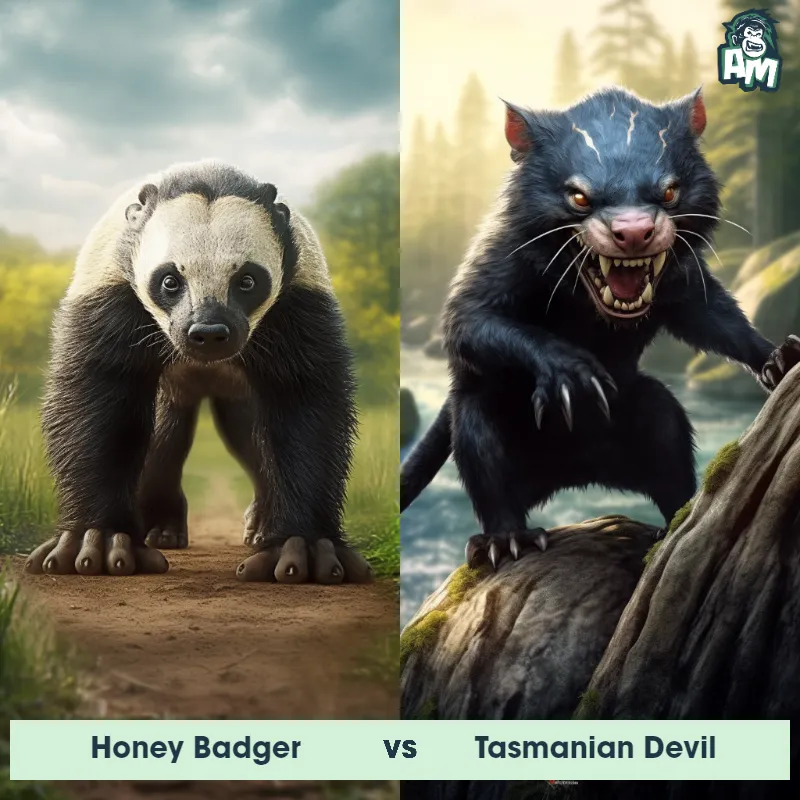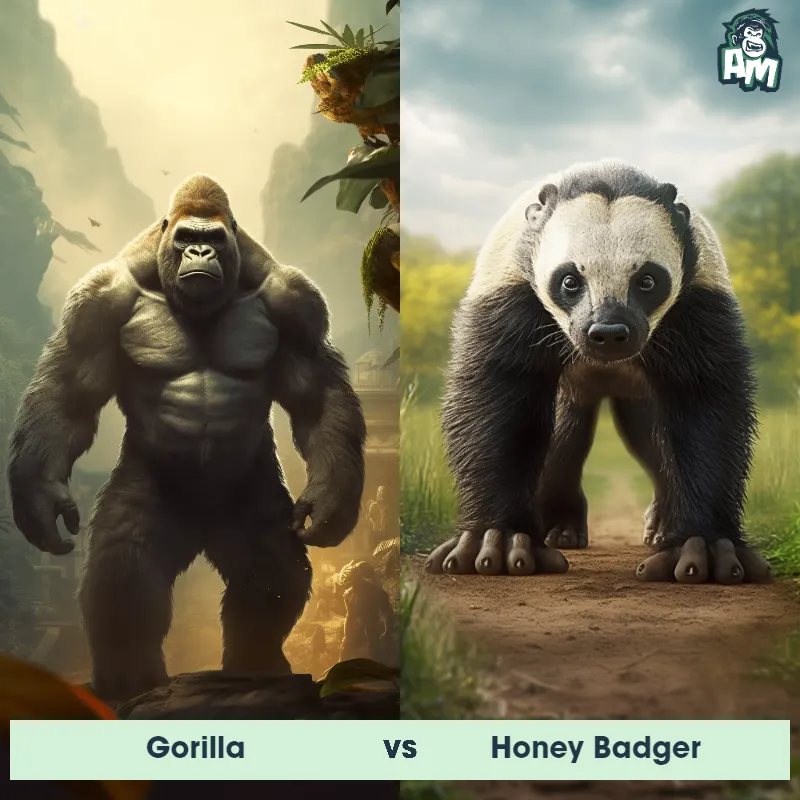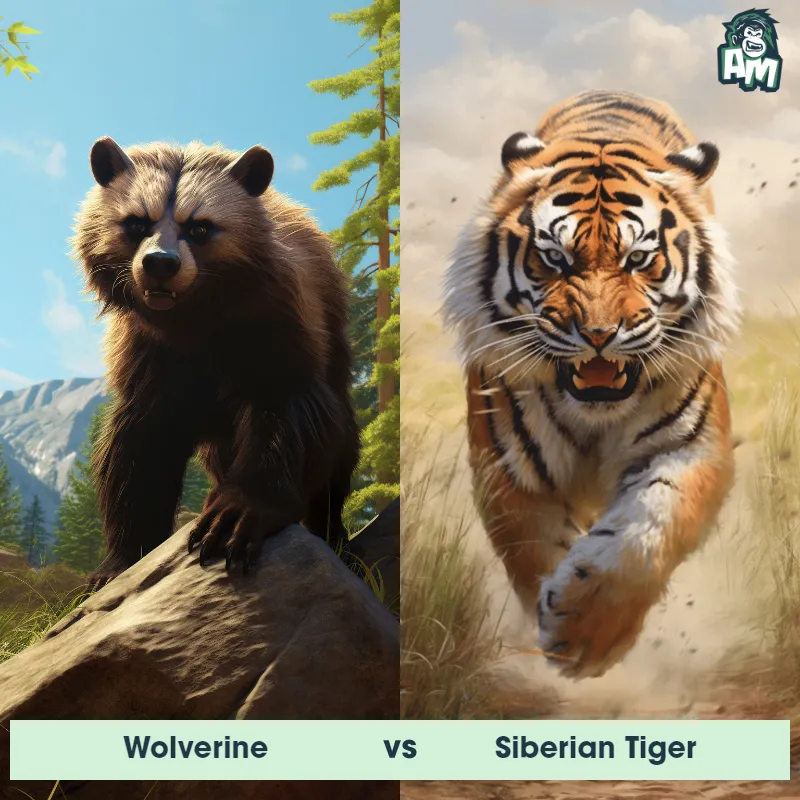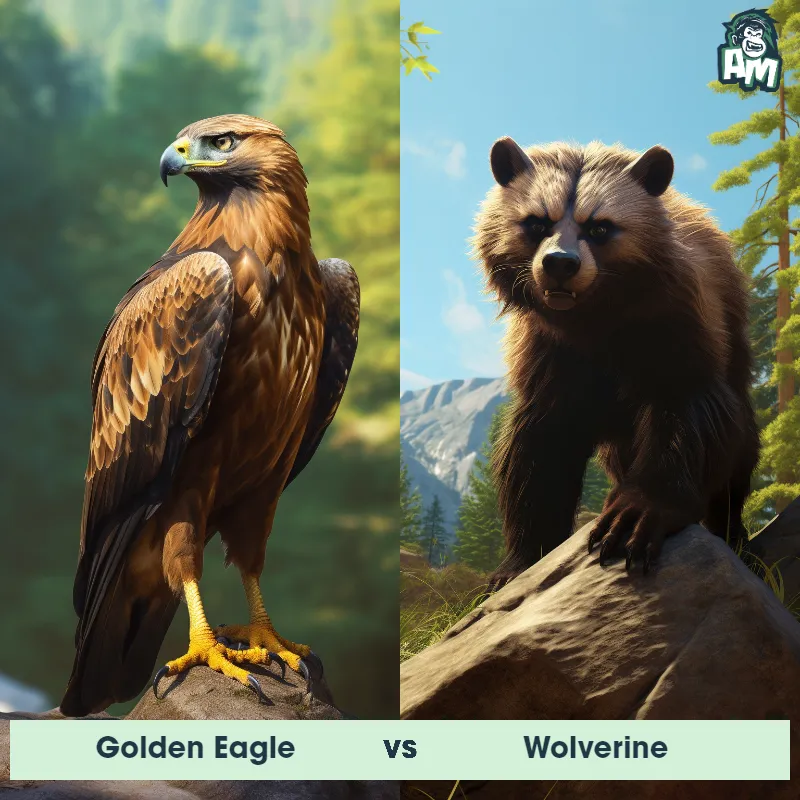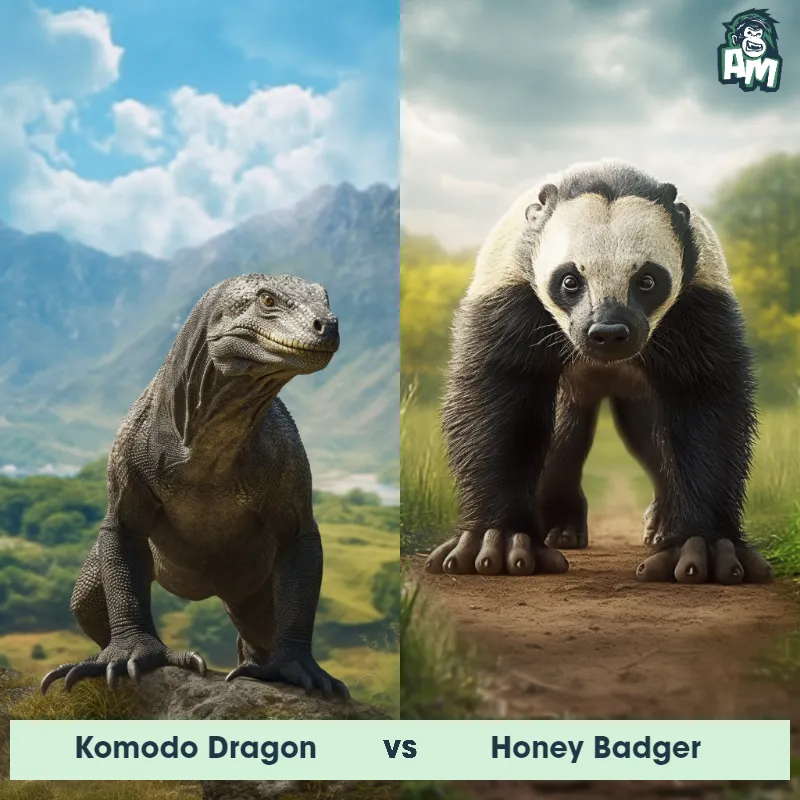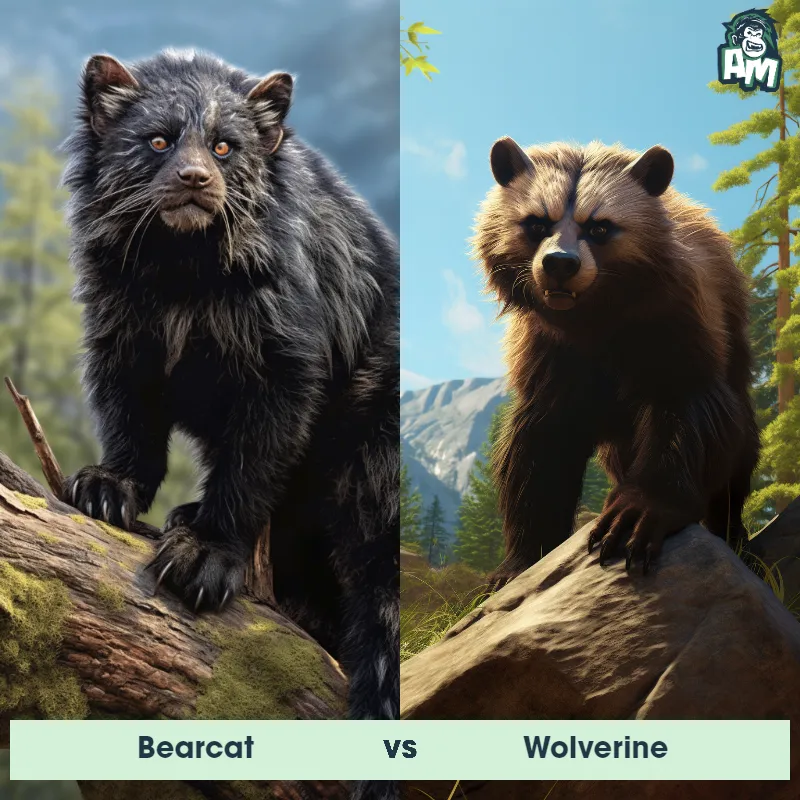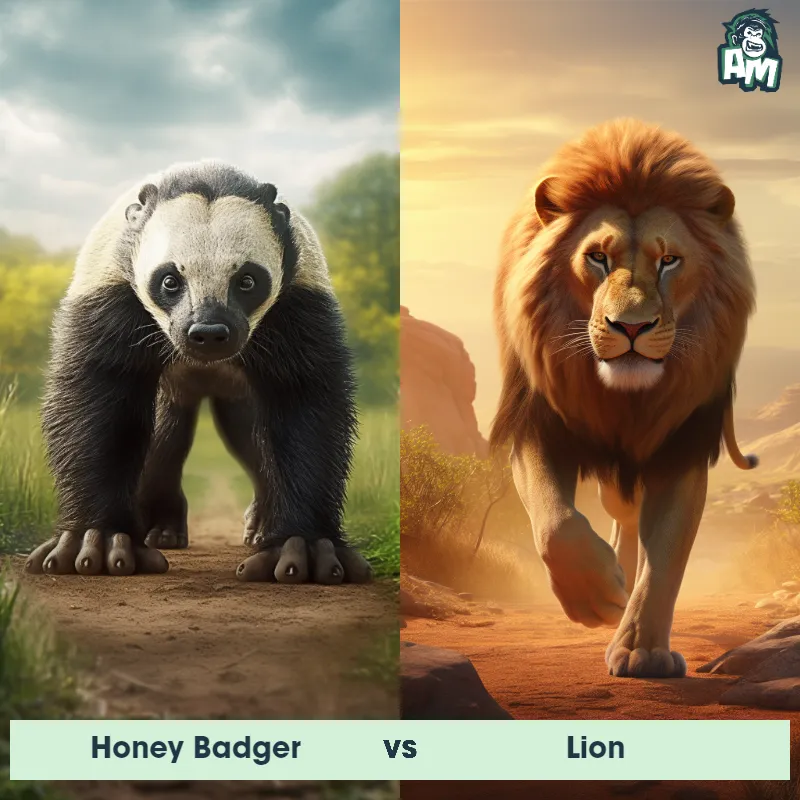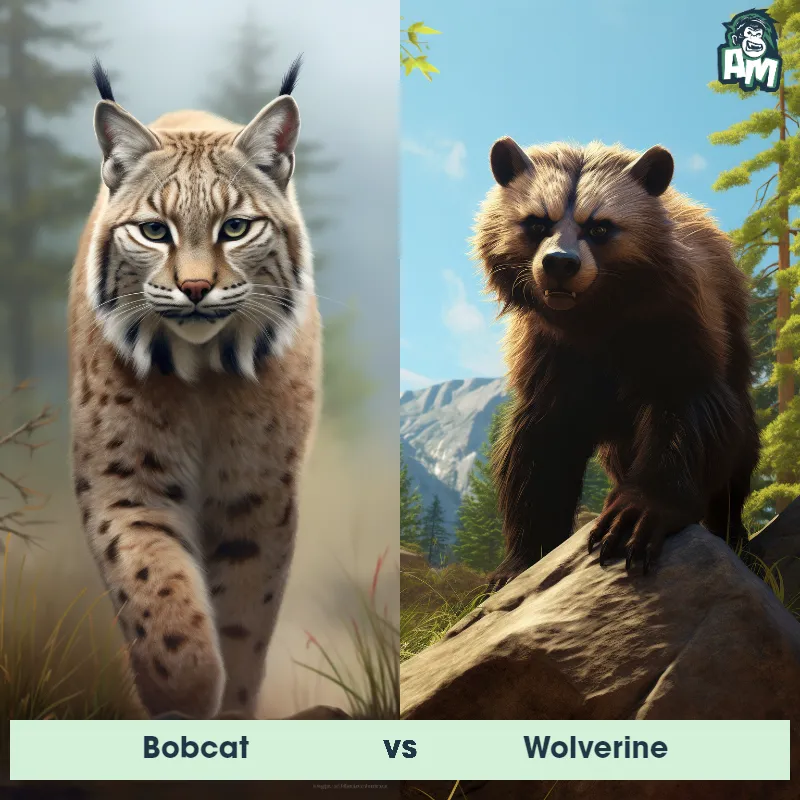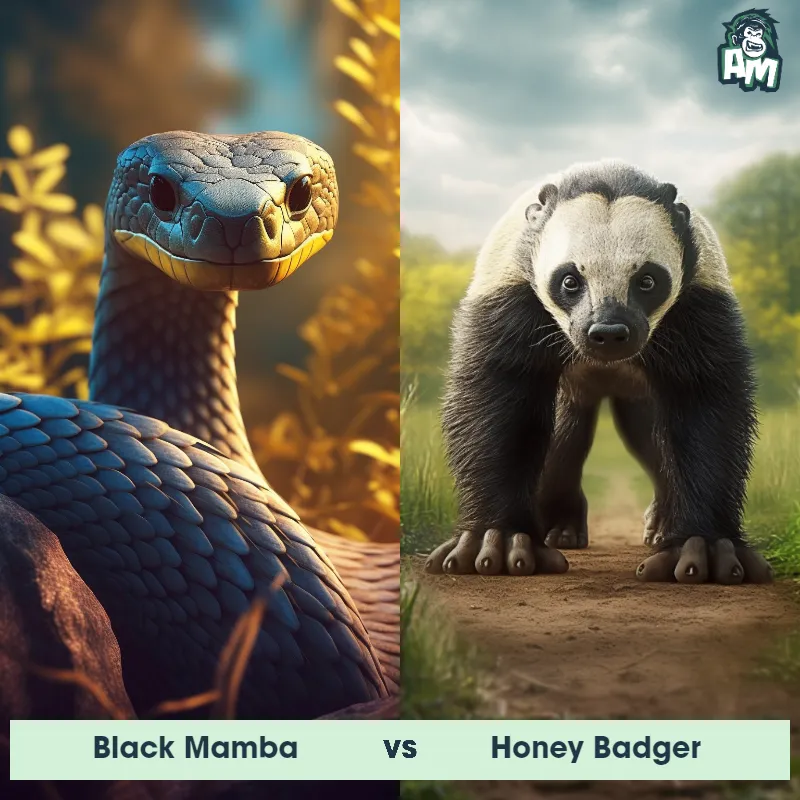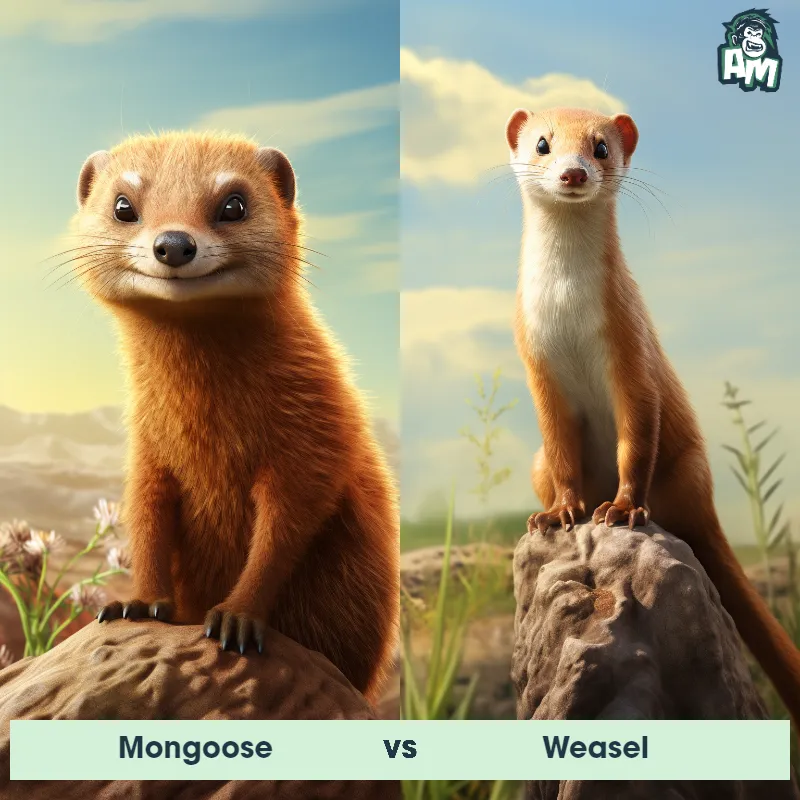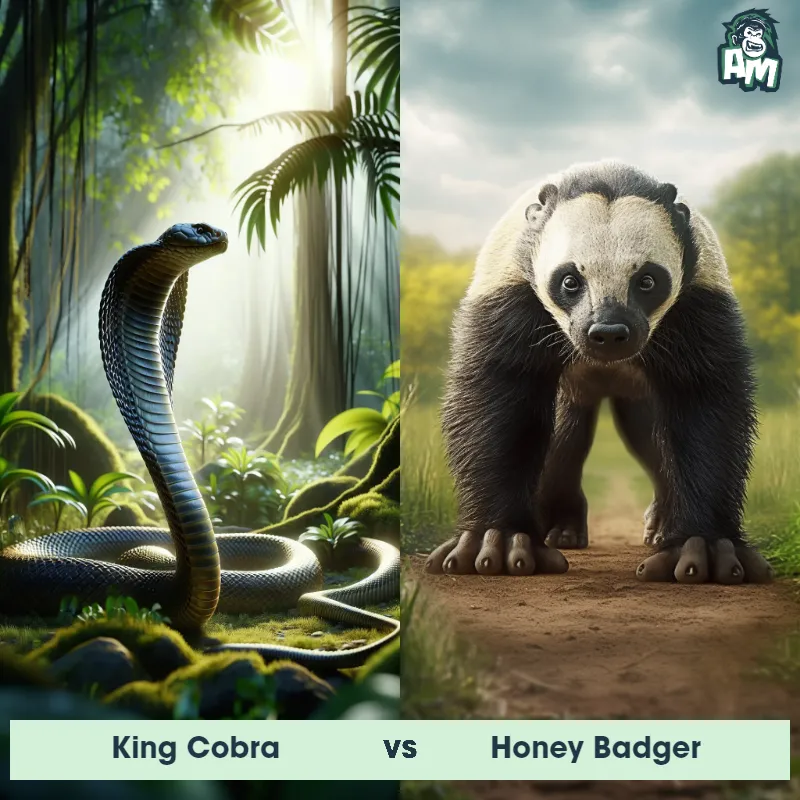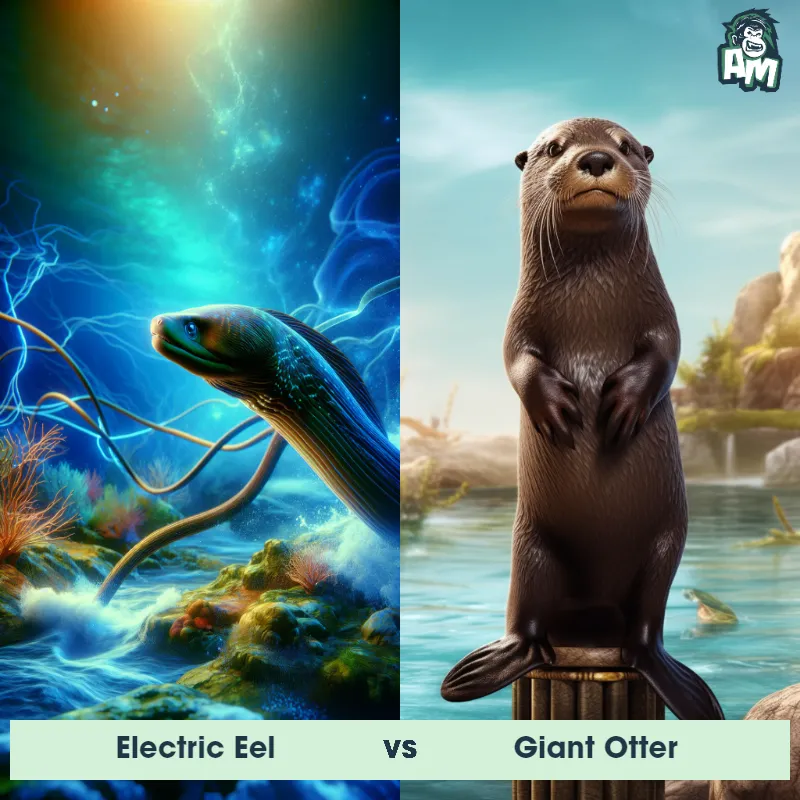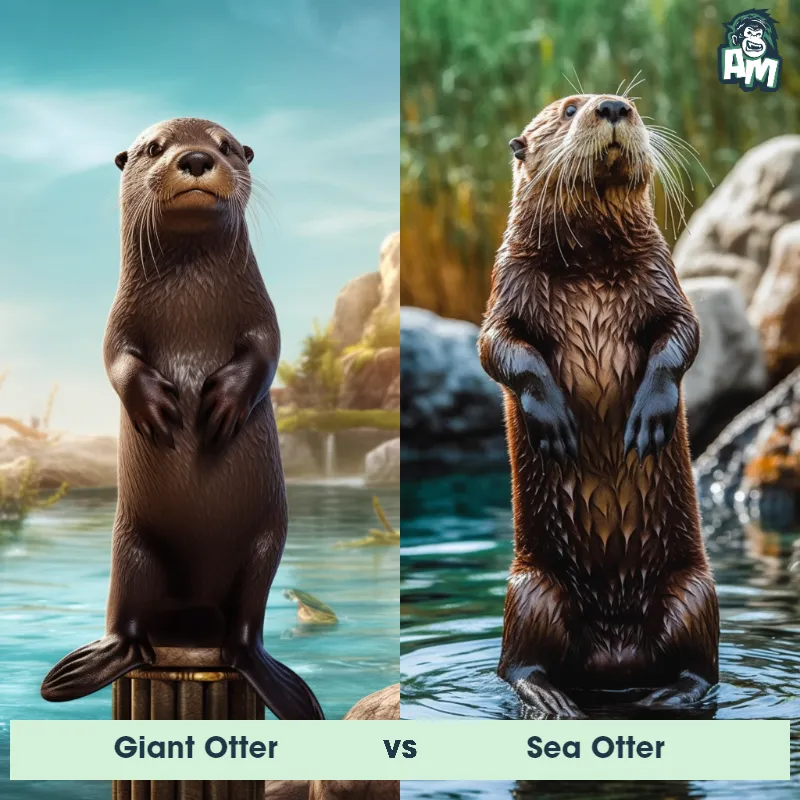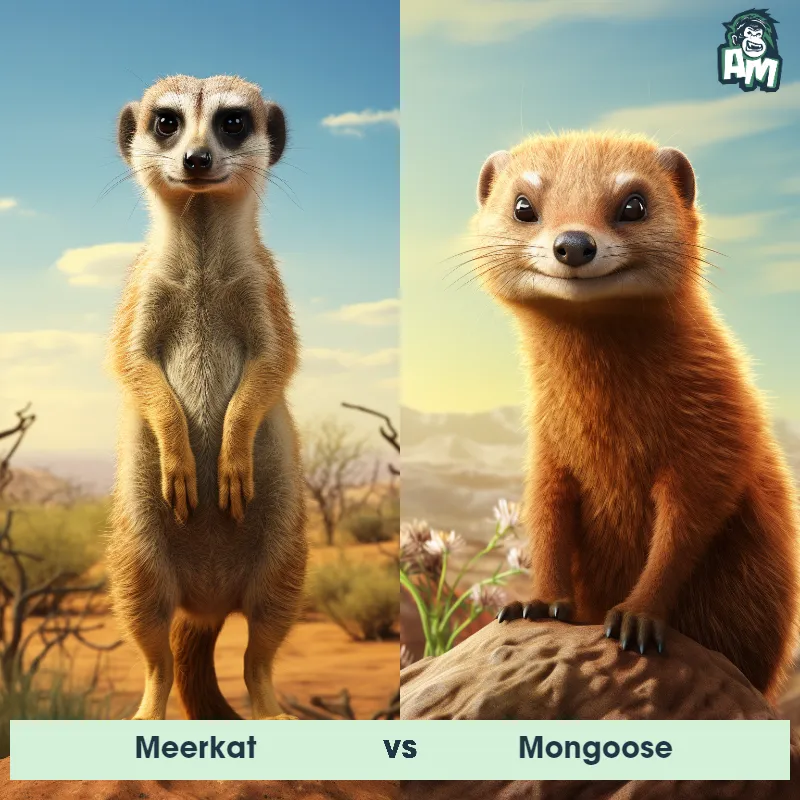Wolverine vs SkunkSee Who Wins

Ladies and gentlemen, welcome to this thrilling matchup between two mighty contenders in the Animal Match Arena. We have a fierce battle ahead as a Wolverine and a Skunk prepare to go paw to paw. The tension is palpable as these two opponents stare each other down, ready to prove their dominance in this three-round face-off. It's time to witness this clash of strength and strategy, so let's get the action started!
Contender 1: Wolverine
The Wolverine, also known as the Gulo gulo, is a stocky and muscular mammal that belongs to the weasel family. They have a thick, dark brown fur that helps them survive in cold environments. Wolverines have sharp claws and powerful jaws that allow them to hunt and scavenge for food. They are known for their ferocity and tenacity, and are able to take down prey much larger than themselves.
Fun Fact: Wolverines have a reputation for being tough and fearless, and are known to attack animals much larger than themselves, such as moose and caribou.
Contender 2: Skunk
The skunk is a small to medium-sized mammal best known for its ability to secrete a pungent odor when threatened. Skunks are identifiable by their black fur with a distinctive white stripe that runs down their back and tail. They have a small head, short legs, and a bushy tail. Skunks are omnivores and feed on a varied diet, including insects, small rodents, fruits, and plants.
Fun Fact: Skunks are not as indiscriminate with their spray as people often believe; they can accurately spray their scent at a target up to 10 feet away.
Matchup Stats
| Wolverine | Skunk | |
|---|---|---|
| Size | 26-34 inches (66-86 cm) in length | 8-19 inches (20-48 cm) |
| Weight | 22-55 pounds (10-25 kg) | 1.1-14 lbs (0.5-6.3 kg) |
| Speed | Speed: 30 mph (48.28 km/hr) | 10mph (16km/h) |
| Key Strength | Powerful jaws and sharp claws | Ability to spray a pungent odor |
| Biggest Weakness | Short legs and slow movement | Limited spray range (up to 10 feet) |
Current Votes
Wolverine vs Skunk
See Who Wins
View More Matches
Looking For More?
Similar Matches
Scientific Stats
| Wolverine | Skunk | |
|---|---|---|
| Scientific Name | Gulo gulo | Mephitidae |
| Family | Mustelidae | Carnivora |
| Habitat | Forests, tundra, and alpine meadows | Forests, grasslands, and suburban areas |
| Geography | North America, Europe, and Asia | North and South America |
| Diet | Carnivorous, feeding on small mammals, birds, fish, and carrion | Omnivorous (insects, small rodents, fruits, and plants) |
| Lifespan | 5 years - 13 years | 2 years - 10 years |
Key Differences between Wolverine and Skunk
- Size: Wolverines are significantly larger than Skunks, with adult Wolverines weighing up to 40 pounds and measuring around 3 feet in length, while adult Skunks typically weigh around 7-14 pounds and measure about 2-2.5 feet in length.
- Tail shape: Wolverines have a bushy and relatively short tail that is often carried upright or curled over the back. Skunks have a long, fluffy tail that is typically carried low when walking but raised high when threatened or about to spray.
- Coloration: Wolverines have a dark brown or blackish fur with a lighter-colored, often cream-colored, stripe running from their shoulders down their sides. Skunks, on the other hand, have distinctive black fur with white stripes or spots running down their backs and tails.
- Facial features: Wolverines have a broader face with long, sharp canine teeth. They also have small, round ears and relatively small eyes. Skunks have a relatively narrow face with a pointed snout, larger eyes, and conspicuous facial markings, including a white stripe that extends from the forehead to the nose.
- Habitat: Wolverines are found in boreal forests and arctic tundra regions, while Skunks are more adaptable and can be found in a variety of habitats, including woodlands, grasslands, and urban areas throughout North and Central America.
- Body shape: Wolverines have a stocky and robust build, with strong legs and large paws equipped with sharp claws. Skunks, although also stocky, have a more compact body shape with short legs and relatively smaller paws in comparison to Wolverines.




